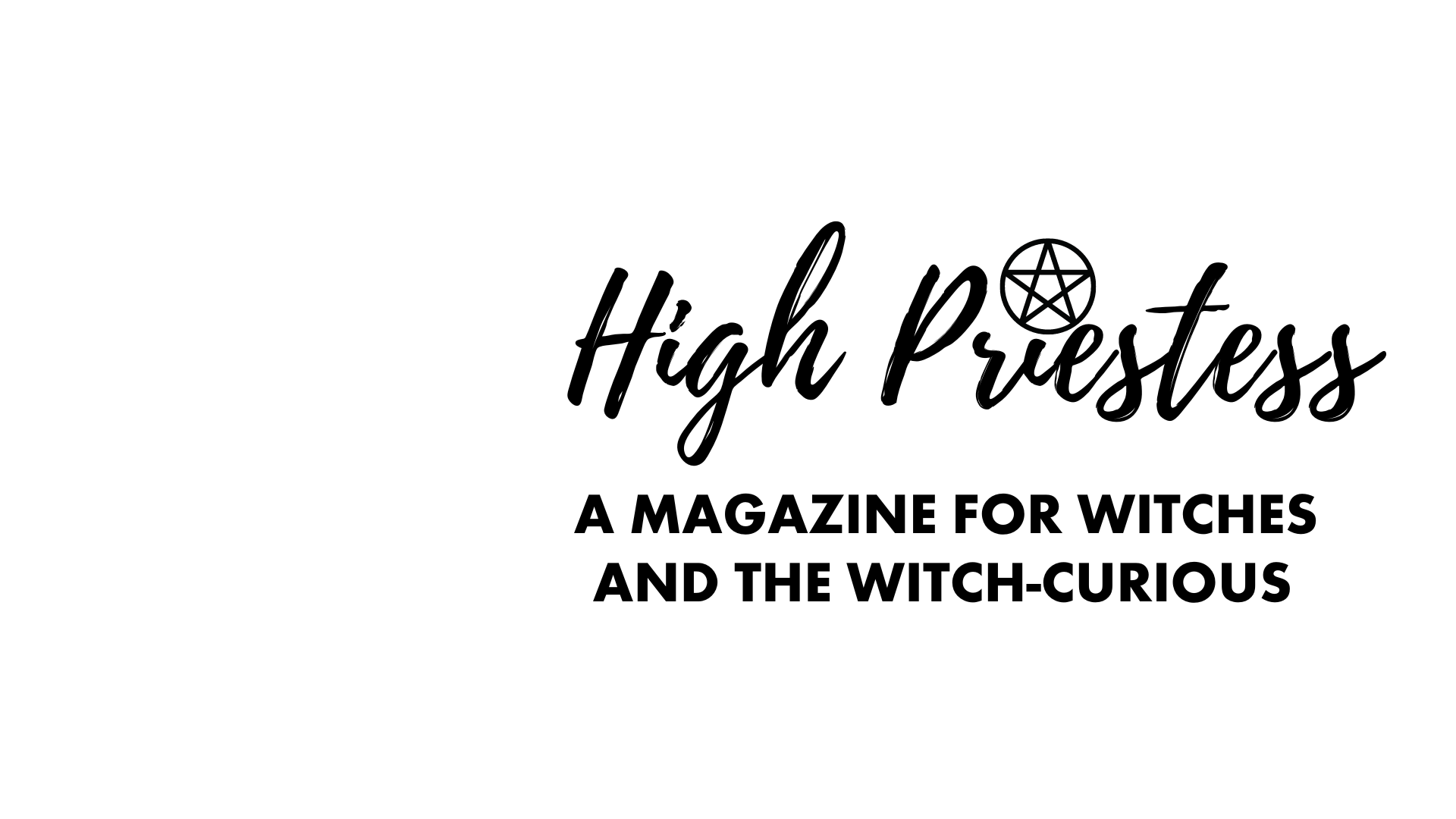The Pagan Roots of Easter
As the air is scented with the smell of fresh flowers and the days grow longer, we are at the threshold of Easter. To some, this holiday is connected with the Christian myth of resurrection, but underlying its modern celebrations is a far older, more untamed magic. The rituals and symbols of Easter, decorated eggs, the leaping hare, feasting, and even the name itself, whisper of older traditions that rejoice in the cycles of life, death, and rebirth.
A Goddess of Spring and Dawn
Years ago, even before the time of Christianity, the seasons were celebrated with serious ritual. Anglo-Saxon Eostre (or Ostara) was celebrated on the vernal equinox. She was the radiant dawn, the bringer of light and fertility, and her sacred animal, the hare, was a strong symbol of new life and plenty. Although her cult declined in subsequent years, her name remained, gently shaping the holiday now called Easter.
The Equinox and the Balance of Light
The earth’s rhythm used to be the cause of human celebration. The spring equinox, the moment of precise balance between day and night, was a powerful moment of transition. Pre-Christian pagans marked this threshold with feasting, fire rituals, and sacrifice to the land, greeting the renewing power of spring. This balance between light and darkness finds expression in the Christian symbolism of death and resurrection, one cycle closing, another beginning.
Eggs: The Seed of Creation
Few symbols are as broadly connected to new beginnings and fertility as the egg. Eggs in the past were painted and given to goddesses of fertility, their unbroken shells representing the promise of life to be born. The egg-decorating practice persists even today, although its origins lie far more historically deep than those of Christianity. Witches can now use eggs in magical spells to foster growth, wealth, or new opportunities, a nod to the mystical rebirth that this season represents.
The Hare: Lunar and Fertile Magic
The hare, as distinct from the domestic rabbit, was a creature of mystery and power in pre-Christian Europe. Adored by goddesses such as Eostre and Freyja, the hare was credited in legend with giving birth to eggs, a myth that evolved into the modern Easter Bunny. As a nocturnal and highly fecund animal, the hare also came to be associated with the moon and with the unbound creative energies of the wild, symbolizing the unfettered magic of the season.
Hot Cross Buns and Holy Crossroads
The cross that tops the classic hot cross bun predates Christianity. Pagans previously spiced buns to mark the turning of the seasons, the cross representing the four quarters of the year or crossing of material and spiritual realms. Sharing these sweet gifts was a way of inviting prosperity and protection into the coming year.
Reclaiming Easter’s Pagan Magic
To modern witches, Easter is an invitation to return to the ancient, earth-centered wisdom. It is an act of renewal no matter the way we observe it, from Ostara ritual and egg magic to feasting and simply welcoming the light’s return. By returning to Easter’s pagan origins, we re-enter the earth’s dance, resuming again the magic that never truly was ours to give up in the first place.







